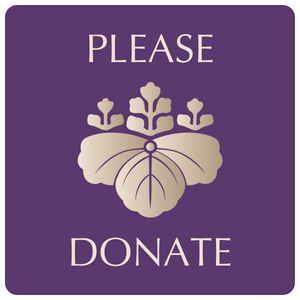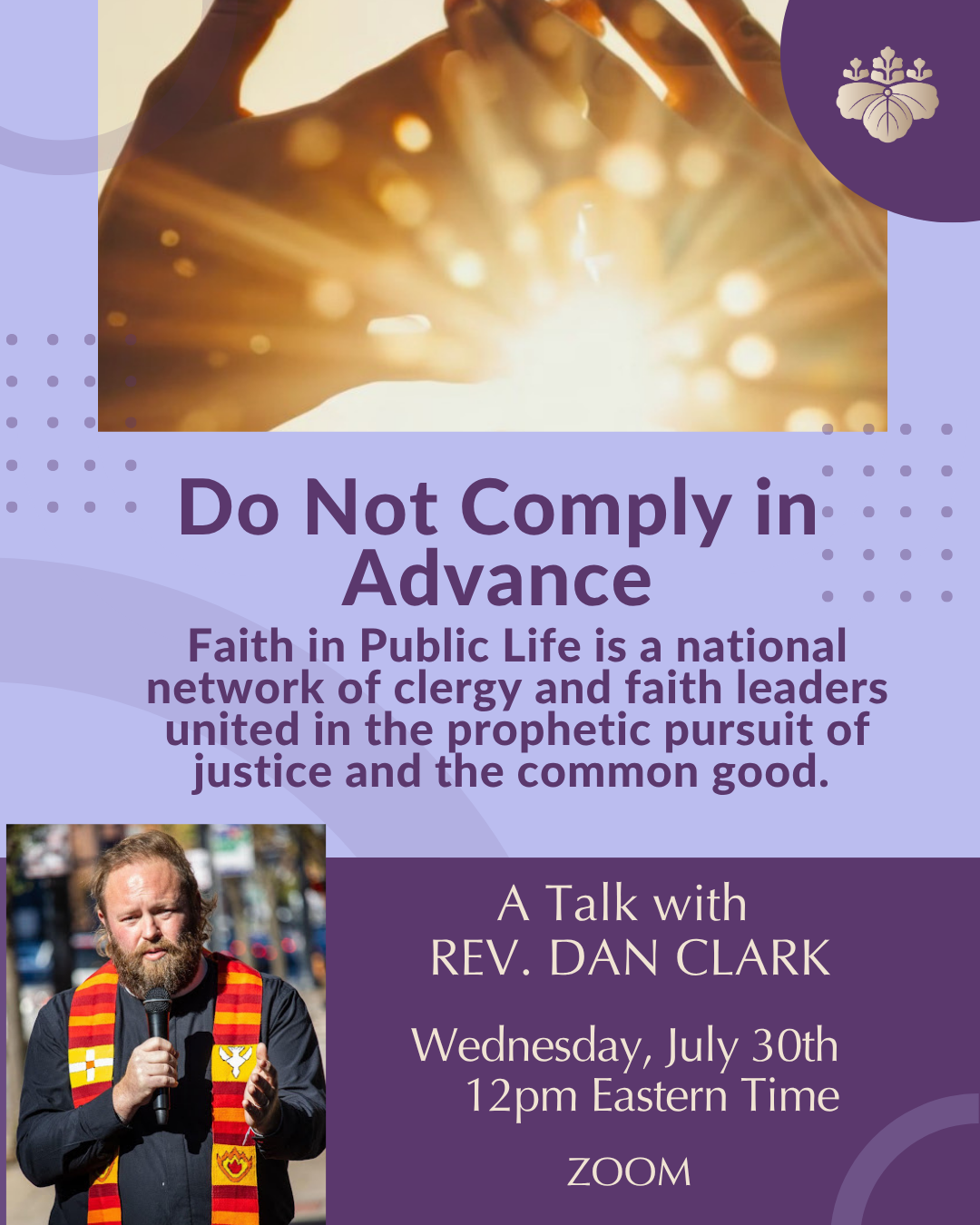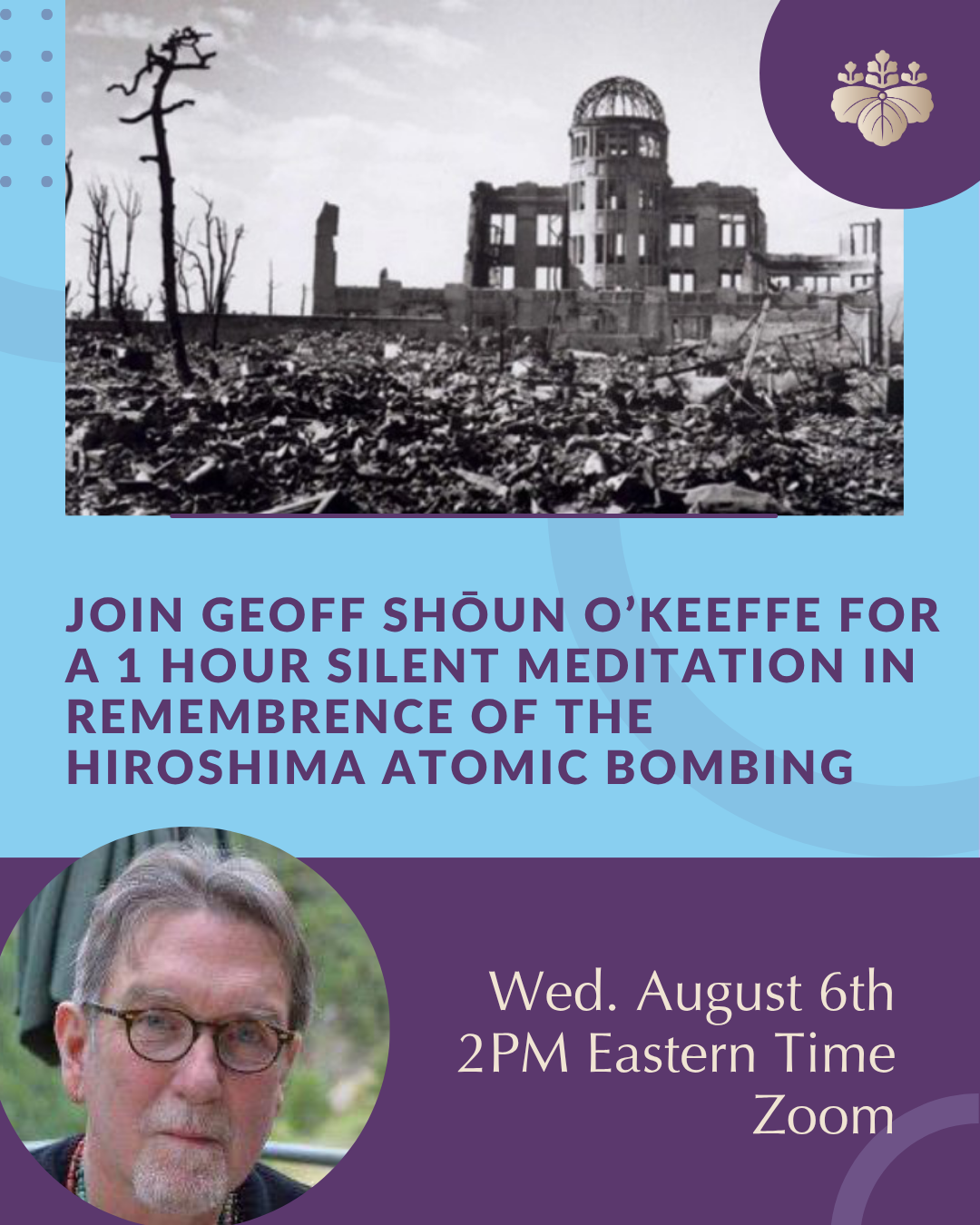By Jiko McIntosh
“How do we go from vision to action?”
This question was asked at the recent Symposium on Buddhist Social Action at Zen Peacemakers. Here is a brief account of what I found helpful in going from vision to action after completing my Zen Peacemaker seminary training for ministry. From spring 2009 through spring 2010 I co-lead with Kanji Ruhl the first 14 months of establishing Appalachian Zen House in Bald Eagle Valley in central rural Pennsylvania. This, the first of Zen Peacemakers’ Zen Houses is now led by Kelle Kirsten and Bob Flatley.
Our mission was to serve, as an integral part of our Zen practice, the under-served people, beings, and natural environment in this depleted rural valley.

The valley was Kanji’s childhood home, but I had never visited Pennsylvania before. Nor did I know well any other current secular community after being a monastic in a Zen Monastery for 8 of the 10 years prior.
So my first task was to immerse myself in experiencing the life here. Meanwhile I was finding out the needs of the people. And I was finding out who could be attracted to serve in “enhancing the community’s ability for inclusive, non-sectarian, responsive and sustainable activity in harmony with the natural environment.”
I was very fortunate to form relationships within three main groups of people that participated in our endeavors –
- the local protestant Christian communities, a dominant social aspect of the valley,
- liberal community- and environmentally-minded folk, and
- impoverished local people who were not overtly part of the above groups.
Connections were also forming over the 14 months with teachers and students at Penn State University, as well as with other Buddhist groups, and I expect that these too are continuing to grow.
1. Joining the local protestant Christian communities. An essential first step for my own connection with the local people, life, and area was for me to rent a cheap apartment and live alone in a small village. In this way I was dependent on my new neighbors for information and social interaction. Despite my foreign accent and their awareness that I was a strange “Buddhist,” these tightly-knit Christian communities were warmly welcoming and very generous. They included me in many social and community events. “I am sure I have met you before!” they said often.
I attended Baptist church on Sundays, shared communion with the local Methodist church, attended Quaker meetings, and joined church workdays in the community. Through this I experienced the great importance of the many small churches of the valley in each shaping a highly supportive and energized social community encompassing all age groups.
Accompanying the togetherness in some settings and on rare occasions was a strongly spoken condemnation of other groups (I felt little of this directed towards myself), and seemly unquestioned acceptance of guidelines for conducting life. (Both these are characteristic ways our social organizations define themselves, our own being unlikely to be exempt.) Examples of such church guidelines that challenged my understanding were — men as the only acceptable church leaders, a belief in the virtue of technological progress at the expense of wild nature, and particular actions and beliefs being evil.
These settings strongly evoked early Christian training that I had vigorously rejected from age twelve. So that I could rest with an open heart-mind in Christian church language, I taught myself rapidly to translate Christian terminology into my “Buddhist” experience. This was a richly healing process that opened me to an inclusive potential of Christianity that I had not known. (How my translations relate to the experiences of my current Christian friends is a continuing exploration.)
Within the year there were several outcomes from these activities— I was invited to present Buddhism and meditation in several adult Christian Sunday schools and to answer their challenging questions; we formed liaisons with church groups helpful to the missions of both groups, such as volunteering to serve government-funded lunches over the summer and teach gardening to children in a trailer park; at our urging to improve fresh food supply to the impoverished in the area, two churches planted several acres of new vegetable gardens for this purpose. I found also that, in university gatherings on religion and climate change, I was able to speak about Buddhist views on interdependence with the natural world in a way that sparked considerable recognition, warmth, and interest from Christians.
2. A second group of people and their friends with whom I was fortunate to connect was a long-term intentional community devoted to mindful use of the land. Their creativity, and their passion for and knowledge of the earth, was deep and extraordinary — as was their generosity and community spirit.

It became clear that these people had major resources for meeting an urgent need of the wider valley for fresh locally grown food, as well as the skills to develop sustainable income-providing ventures. In the surrounding area was evident, as elsewhere, high rates of obesity, inadequate nutrition, and the accompanying miseries of ill health at all ages. It was a “food desert.” The nearest food shop to for example this particular community, was a 25 minutes drive, and was a gas station. Fresh produce was not readily available in the valley while food costs were exorbitant at distant supermarkets. (The prototype 4’ x 8’ raised bed vegetable garden I constructed reduced the weekly cost to feed just myself by up to $30 and supplied surplus to share with neighbors.)
Establishing a basis in the valley for creating an inexpensive, fresh, nutritious and secure local food supply — along with the knowledge to grow and process it for income — appeared to be an immediate and promising direction for me to help meet our Zen House’s mission of serving the impoverished in collaboration with these skilled new friends.
 My Buddhist zendo offerings (of meditation throughout the week, Dharma talks, private interview, group council circle, liturgy, zazenkai, and pastoral care (with appreciation to Kanji Ruhl for guidance in the latter)) were pivotal in my creating trust on which to develop our action together, even though my new friends’ own strong spiritual practices meant that Zen was not their primary scheduled commitment. Shared experience was built also on many potluck dinners with animated discussion around the table, excursions into the forest parks, my presentation of seminars and workshops, gardening together, and with a few sweat lodges and swims in the lily pond.
My Buddhist zendo offerings (of meditation throughout the week, Dharma talks, private interview, group council circle, liturgy, zazenkai, and pastoral care (with appreciation to Kanji Ruhl for guidance in the latter)) were pivotal in my creating trust on which to develop our action together, even though my new friends’ own strong spiritual practices meant that Zen was not their primary scheduled commitment. Shared experience was built also on many potluck dinners with animated discussion around the table, excursions into the forest parks, my presentation of seminars and workshops, gardening together, and with a few sweat lodges and swims in the lily pond.
 Meanwhile I listened carefully to their dreams and passions as well as their perceived frustrations that prevented their fruition. I continually opened the vision of interactive supportive community to include not only like-minded neighbors but the whole of the valley. I acted to open the blockages, and rouse mutual support to get underway their activities as well as those relevant to the Zen House. “I am not good at organizing!” “I don’t know how to promote it!” “I am not sure of the details of what we actually can do!” “We need a web page, and a blog! And some posters!” “I haven’t the time to put it together!” So we did it!… Together.
Meanwhile I listened carefully to their dreams and passions as well as their perceived frustrations that prevented their fruition. I continually opened the vision of interactive supportive community to include not only like-minded neighbors but the whole of the valley. I acted to open the blockages, and rouse mutual support to get underway their activities as well as those relevant to the Zen House. “I am not good at organizing!” “I don’t know how to promote it!” “I am not sure of the details of what we actually can do!” “We need a web page, and a blog! And some posters!” “I haven’t the time to put it together!” So we did it!… Together.

Among several aspects of community building that we worked on and actualized, one that holds considerable potential is a community-farm stand where anyone can sell locally-made, locally-grown, or recycled items. Teen entrepreneurs are welcomed. Anything that sells well presents potential for generation of income for people to grow or process more next year. (And there are several beautiful products already available.)  Seasonal family fun and celebrations, educational workshops, and demonstrations center on the farm stand. This is the gathering place (somewhat akin to the spirit of Zen Peacemakers’ Montague Farm Café) where enjoyment of each others company can be nurtured, joyful community created, and we learn from the participating local people their skills and aspirations so we can work together to develop them.
Seasonal family fun and celebrations, educational workshops, and demonstrations center on the farm stand. This is the gathering place (somewhat akin to the spirit of Zen Peacemakers’ Montague Farm Café) where enjoyment of each others company can be nurtured, joyful community created, and we learn from the participating local people their skills and aspirations so we can work together to develop them.

I organized building of demonstration raised bed gardens on the farm-stand site. Raised bed gardens were built and donated to those in need. A workshop was held to build a chicken tractor (movable enclosure where chickens’ feeding turns over and fertilizes areas for planting.) Surplus food is donated to the nearest soup kitchens, food pantries and shelters. Community garden space and casual garden work is offered to locals.
Initially it could be hard work to persuade busy people to take up such activities in service to the community, but when I heard them say afterward “That was the best fun we have had in ages. Let’s do it again!” I knew I was meeting my objective. The magic of joyful community service was creating the desire for more.
A related aspect was my working was to develop the design of an existing summer camp for children (based on gardening and cooking) into a camp we ran for teenagers.

This included both mindful and practical experiences of wilderness, mindful eating (if carrots, tomatoes, corn and celery are the only vegetables they will eat, that is where to start), study of their own consuming, and many other fun and creative experiential activities in nature. Awareness for all of us in these areas is integral to deepening our relationship with ourselves, food, community and the earth. I developed mindfulness hiking in the beautiful State Parks around, and ran several consumer mindfulness workshops in Walmart and supermarkets. I would like to have taken these workshops also to strip mines and trash dumps too.
3. Learning from local impoverished people was an ongoing activity.
I talked with people in drop-in centers, on buses, in local shops, during long waits at the free health clinic (tick bites were rampant last year), during night visits to Walmart for the purpose of such interactions, and on the supermarket checkout line. I listened to children at our summer camp, and those in our grief circle with family members who had died. I had particularly poignant conversations while walking regularly in the village graveyard.
After being bitten by a dog I had a series of visits with a toothless young couple living with their four dogs in a collapsing trailer to check that none of us had rabies. When our local fresh food scheme was in place, I offered this as a reason to take more well-off friends door knocking in trailer parks, into pubs, shops, and gas stations, to meet the residents, learn about their enjoyments and needs, and offer our activities. Volunteering to serve government-funded lunches to children in a trailer park with Christian friends extend these connections.
In summary, my moving from vision to action involved –
- establishing ongoing zendo activities,
- living among and being dependent on the people I wished to serve,
- connecting in as many ways and levels as I could imagine with the people and the land,
- listening deeply to the aspirations, gifts, and struggles of each person,
- constantly offering the Zen Peacemaker vision of community inclusion and mutual caring,
- responding with all appropriate training, experience and skills of myself and willing others to take community action in line with our mission,
- being sure about my overall aim, while shaping actions from the changing ingredients and awareness immediately before me,
- a great pleasure in the experience of action creating a desire for more.
As we would say in the self-depreciating culture in which I grew up, “Pretty obvious really!” … And yet a wonderful journey … like no other!
It was with sadness that I left Pennsylvania after 14 months because of red-tape around my not being a US citizen. My own story in this work though is just beginning. Appalachian Zen House’s too!



